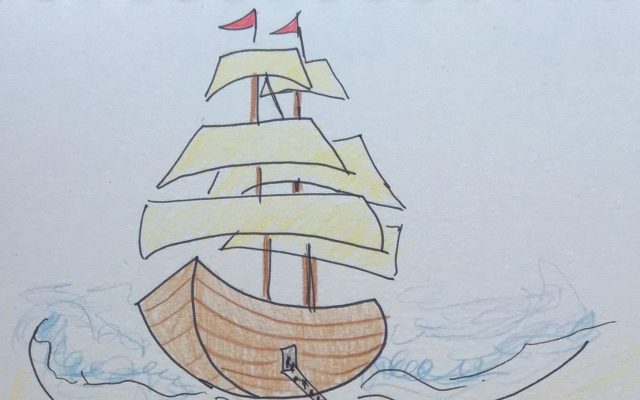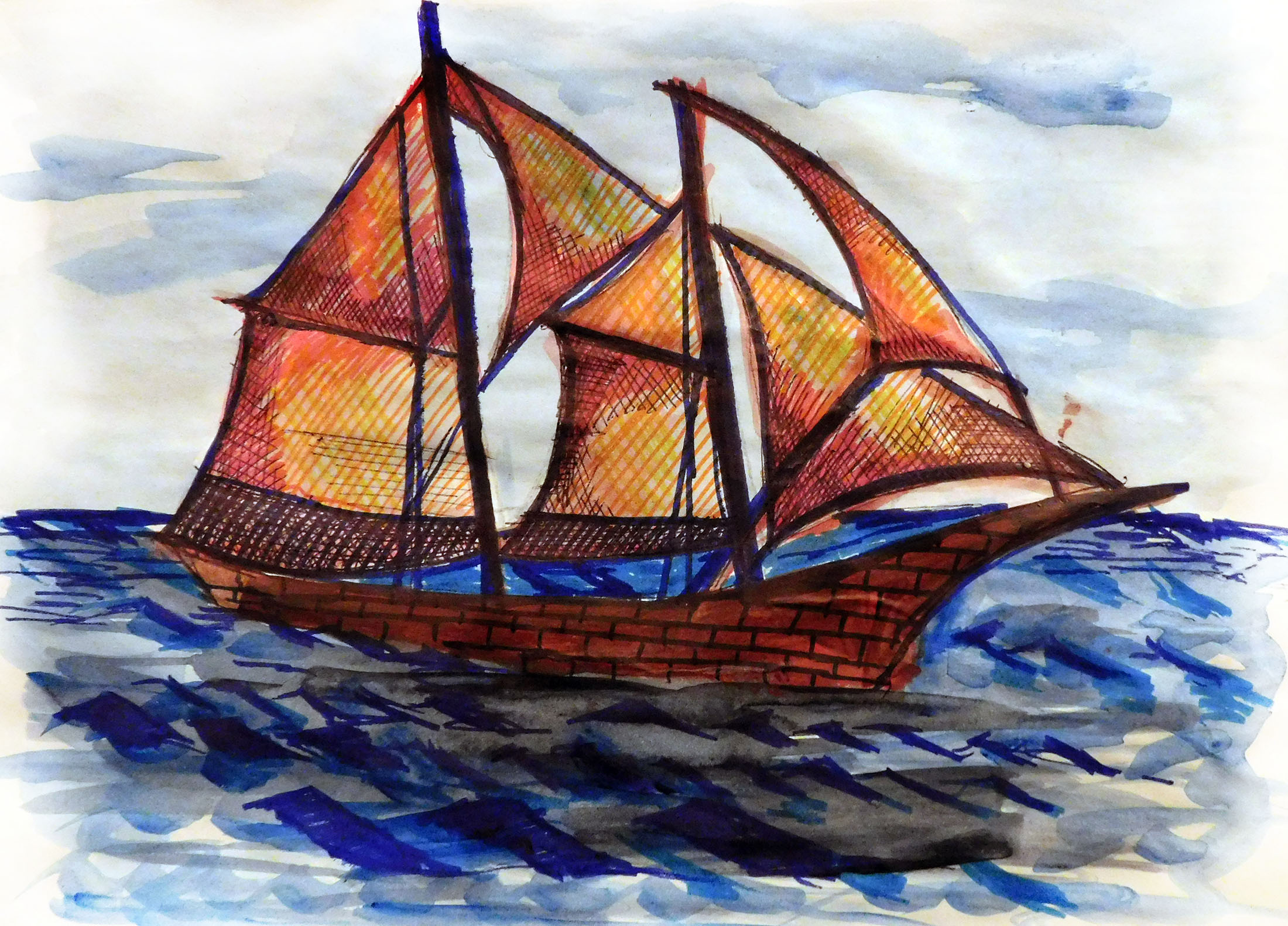Warning: This article contains potentially triggering descriptions of violence.
It was eight months after being kidnapped by slave catchers, in what is now Nigeria, before the young Olaudah Equiano caught sight of the towering slave ship that would transport him across the Atlantic Ocean. According to his 1789 autobiography, he was “greatly astonished,” and was quickly convinced that he “was in a world of bad spirits.”
He was somewhat right in his assessment. An Atlantic slave ship was certainly a site of human suffering and depravity, but it was equally a place of defiant resistance – the type that forces us to pause when reflecting on resistance in the world today.
The scene below the decks of a slave ship was a grisly one. Captured people lay shackled and packed tightly side by side in small compartments. Equiano, whose autobiography was the first published account of the Middle Passage from Africa to the Americas and was widely read across Europe, described the conditions on the ship that carried him.
“The stench of the hold while we were on the coast was so intolerably loathsome […] now that the whole ship’s cargo were confined together, it became absolutely pestilential. The closeness of the place and the heat of the climate […] almost suffocated us. This produced copious perspiration, so that the air soon became unfit for respiration from a variety of loathsome smells, and brought on a sickness amongst the slaves, of which many died.”
“This wretched situation was again aggravated by the galling of the chains […] and the filth of the necessary tubs, into which the children often fell, and were almost suffocated. The shrieks of the women, and the groans of the dying, rendered the whole scene of horror almost inconceivable.”
All this was the backdrop to the disorientation and grief amongst the captured. Siblings, parents, children, and friends had been left behind. The familiarity of community quickly became a faded memory as strange white men yelled and gestured unintelligibly while brandishing all manner of weaponry. What world had they entered?
It was from this nightmare that the ethic of slave resistance precariously emerged. As American historian Marcus Rediker desribes in his book The Slave Ship: A Human History, finding a means of communication was key. Enslaved people quickly created pidgins – temporary, makeshift languages – to bridge the linguistic divides amongst the diverse array of West African languages on board. These pidgins gave birth to new ties of kinship, and laid the foundations for coordinated resistance.
The hunger strike was one tactic employed consistently throughout the transatlantic slave trade. Already intensely malnourished, enslaved people spat out food, at times refusing to eat for days at a time. The hunger strike was an act that directly challenged a captain’s authority by re-asserting enslaved people’s own agency and snatching back their humanity. The slave ship captain was suddenly faced with a stark choice: to change the treatment of those onboard, or suffer a loss of ‘capital.’
Others, however, engaged in the most dangerous and risky act of all – violent insurrection, which involved numerous hazardous steps: surreptitious late-night planning, escaping from shackles, somehow using knives (or nothing at all) to battle sailors armed with muskets, all in the hopes of reaching the weapons locker (deliberately located on the far end of the vessel) and taking control of the ship.

These modes of struggle are even more astounding given that the slave trade was designed in every way to prevent resistance of any kind. A physical barrier divided the centre of the ship and a cannon constantly faced slave quarters. Fetters, clasps, neck rings, chains, spikes, and other purposely built technological objects were routinely used to constrain and torture enslaved people. Yet, they consistently resisted in the face of this hell, and often in violent ways.
Today, the prevailing paradigm sees violent resistance as unseemly – too confrontational and direct for even the most liberal sensitivities. While few would condemn enslaved people for their resistance, modern liberal rhetoric demands that oppressed people protest in ‘the right way,’ engage in ‘constructive dialogue,’ and generally follow the tricky doctrine of nonviolence, even in the face of violent oppression.
This optic encourages, for example, one to admonish Ferguson protesters for destroying property and Black Lives Matter activists for disruptive tactics, while in the same breath remaining silent on the social misery brought about by the militarized police and the carceral state, or the legacy of segregation in the Jim Crow South and a hundred years of Klan lynchings. It is language that both binds and forgets, that dictates and condescends.
Although the paradigm of respectability and non-violence may seem reasonable at first glance, in reality, it simply draws a line around permissible forms of resistance in order to fit the needs of those who oppress, and ease the insecurities of those who sit idly by as blatant injustice unfolds. They tell oppressed people to wait for their oppressors to benevolently recognize their humanity. In this way, to demand that resistance be acceptable to the liberal framework is to demand that people set aside their intrinsic agency and inherent right to self-determination.
The history of slavery reveals that resistance is an organic and bottum-up process that does not wait for recognition. It is spurred on by those who are most acutely aware of the particular web of injustice that they are entangled in, and who thus know the best way out. To try and dictate how people resist, then, is to misunderstand the nature of the act itself.
Shadows of Slavery is a column that seeks to remember the history of slavery in the Atlantic World and to examine how this history manifests itself today. Nadir Khan can be reached at shadowsofslavery@mcgilldaily.com.
